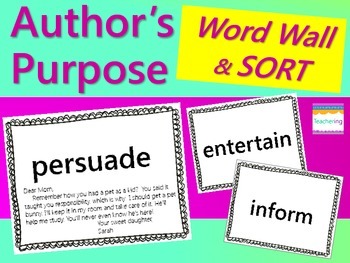

Every year, millions of people attend knowledge sharing conference or convention in hopes of learning new information or skills that will help them in their personal or professional lives (Atwood, 2009). In the professional world, sharing knowledge is becoming increasingly important. In fact, understanding and exchanging knowledge is so important that an entire field of study called knowledge management has been created to help people-especially businesspeople-to become more effective at harnessing and exchanging knowledge. Knowledge sharing is the process of delivering information, skills, or expertise in some form to people who could benefit from it. One of the most common mistakes new public speaking students make is to blur the line between informing and persuading. If, however, you start encouraging your audience to participate in the vaccination program, you are no longer informing them about the program, but rather persuading them to become involved in the program. In an informative speech, your purpose is to explain to the audience what the program is and how it works. Say you are assigned to inform an audience about a new vaccination program. Let’s look at an example of how an you can accidentally go from informing to persuading. When you speak to encourage people to use knowledge in a specific way, you are no longer informing, you are persuading.

However, notice that the goal is not to encourage people to use that knowledge in any specific way. The most important goal of speaking to inform is that your audience gains knowledge.
#INFORM PERSUADE ENTERTAIN HOW TO#
Audience members can then use this information to understand something, such as a new technology or a new virus, or to perform a new task, or improve a skill such as how to swing a golf club, or how to assemble a layer cake. Simply put, to inform means to help audience members acquire information that they do not already possess.

The first general purpose type is to inform. Modern public speaking scholars use three general purpose types: to inform, to persuade, and to entertain. These typologies or public speaking classification systems serve to demonstrate that general speech purposes have remained consistent throughout public speaking’s history. A general purpose refers to your broad goal in creating and delivering a speech. All these speech types help people determine their speech’s general purpose. Augustine of Hippo wrote about three specific speech types: to teach-provide people with information to delight-entertain or show people false ideas and to sway-persuade people to a religious ideology. Cicero also discussed three types: judicial-courtroom speech deliberative-political speech and demonstrative-ceremonial speech, which is similar to Aristotle’s epideictic.

For example, Aristotle discussed three types: deliberative-political speech forensic-courtroom speech and epideictic-praise or blame speech. For example, why does the speech exist-how is the audience to use the information? Why do we personally create a speech? What is our intention for giving a specific speech? For this chapter, we focus on why we give speeches.Įver since scholars started writing about public speaking as a distinct phenomenon, they began creating different systems to classify speech types. For public speaking, all definitions apply. What do you think of when you hear the word purpose? Technically speaking, purpose can be defined as the reason for which something exists or is created or intended. What are the general purposes of speaking and forms of topics? Search!, by Jeffrey Beall, licensed under CC BY-ND 2.0 This chapter is adapted from Stand up, Speak out: The Practice and Ethics of Public Speaking, CC BY-NC-SA 4.0.


 0 kommentar(er)
0 kommentar(er)
